It’s an unfortunate truth in Hollywood that the Academy Awards often turn a blind eye to genre films, especially when it comes to the chilling world of horror. Unless a scary movie achieves a rare crossover success like The Silence of the Lambs, The Exorcist, or more recently, Get Out, it’s often relegated to the shadows during awards season. Prestige usually leans towards biopics and period dramas, leaving horror in the cold. It’s a recurring nightmare for fans, perhaps not unlike facing Freddy Krueger himself, though maybe A Nightmare on Elm Street 5: The Dream Child could have changed things if released in a different awards climate.
This year, however, there seems to be a slight shift. Films like Robert Eggers’ visually stunning Nosferatu are gaining traction in technical categories, and the body horror masterpiece The Substance is surprisingly in contention for major awards. Even Alien: Romulus is being recognized for its visual effects. This is a welcome change, but is it enough?
While we appreciate this increased visibility for horror at the Oscars, it still feels like the genre deserves even more recognition. For too long, the artistry and innovation within horror have been undervalued. As we approach the 97th Academy Awards, it’s time to shine a light on some outstanding horror achievements from the past year that deserve Oscar consideration but have been sadly overlooked. Let’s delve into some missed opportunities to celebrate the brilliance within our beloved genre.
Honorable Mentions: Outstanding Sound Design for A Quiet Place: Day One; Nell Tiger Free for Best Actress and Robert Eggers for Best Director in Nosferatu; Impressive Makeup and Hairstyling in Beetlejuice Beetlejuice; and Justice Smith’s captivating performance for Best Actor in I Saw the TV Glow.
Best Actress: Nell Tiger Free (The First Omen)
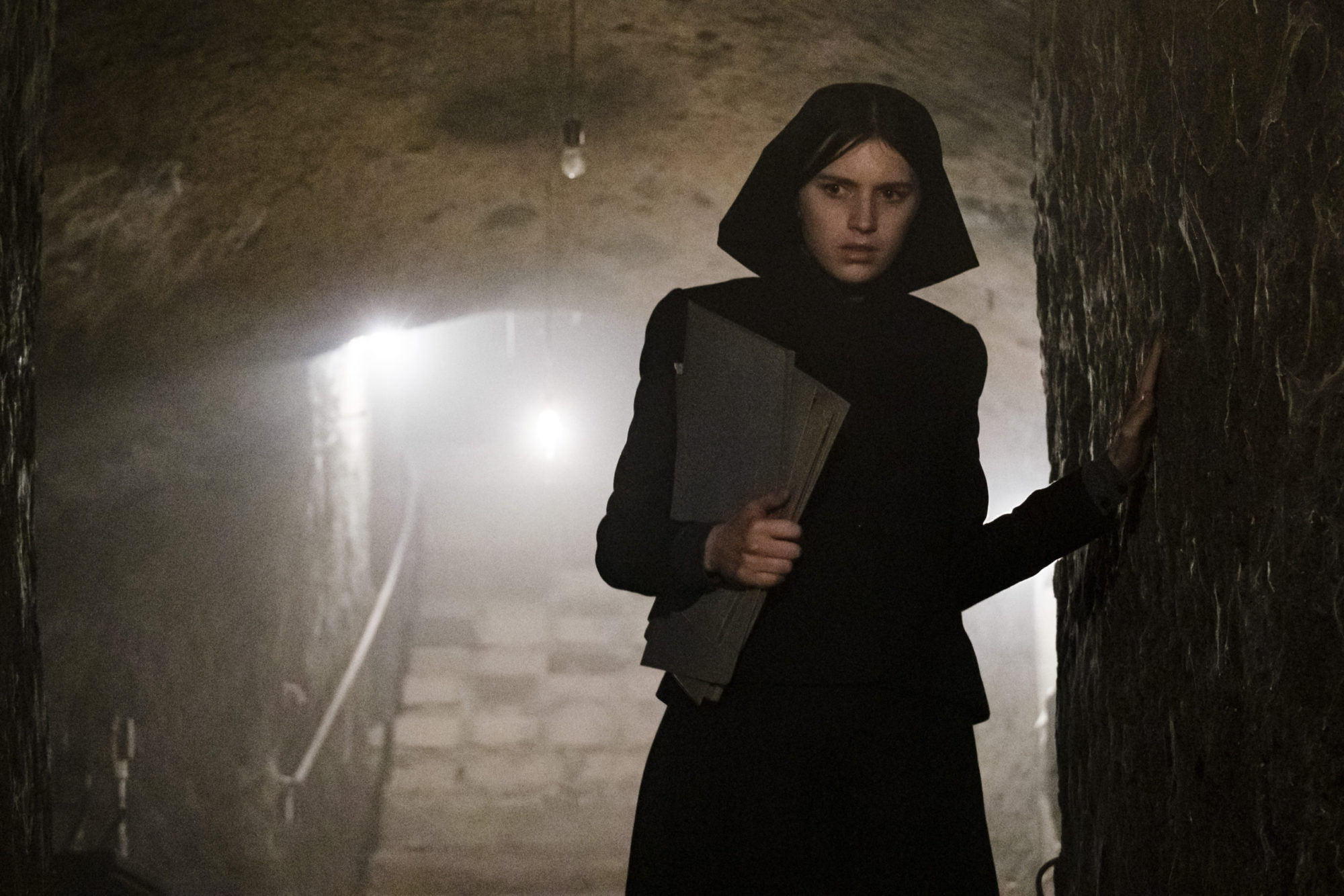 Nell Tiger Free as Margaret in The First Omen, showcasing her intense and nuanced performance in a horror leading role.
Nell Tiger Free as Margaret in The First Omen, showcasing her intense and nuanced performance in a horror leading role.
The Academy’s Best Actress shortlist this year is commendable, with no glaring omissions. Demi Moore’s bold performance in The Substance rightly earns genre representation. However, for a truly exceptional horror leading performance, Nell Tiger Free in The First Omen stands out. In a prequel to a franchise known for diminishing returns, Free delivers a powerhouse performance as novitiate Margaret Daino. She embodies a character grappling with faith and terror as she uncovers a dark conspiracy within the Vatican Church.
Free masterfully navigates a spectrum of emotions: devout faith, naive innocence, abject fear, righteous anger, timid repression, and unleashed ferocity. Her commitment is undeniable, particularly in a raw, antenatal breakdown scene that draws comparisons to Żuławski’s Possession. This performance is not just a genre standout; it’s an acting tour de force that deserves serious Oscar consideration.
Read Bloody Disgusting’s review of The First Omen here.
Best Actress: Willa Fitzgerald (Strange Darling)
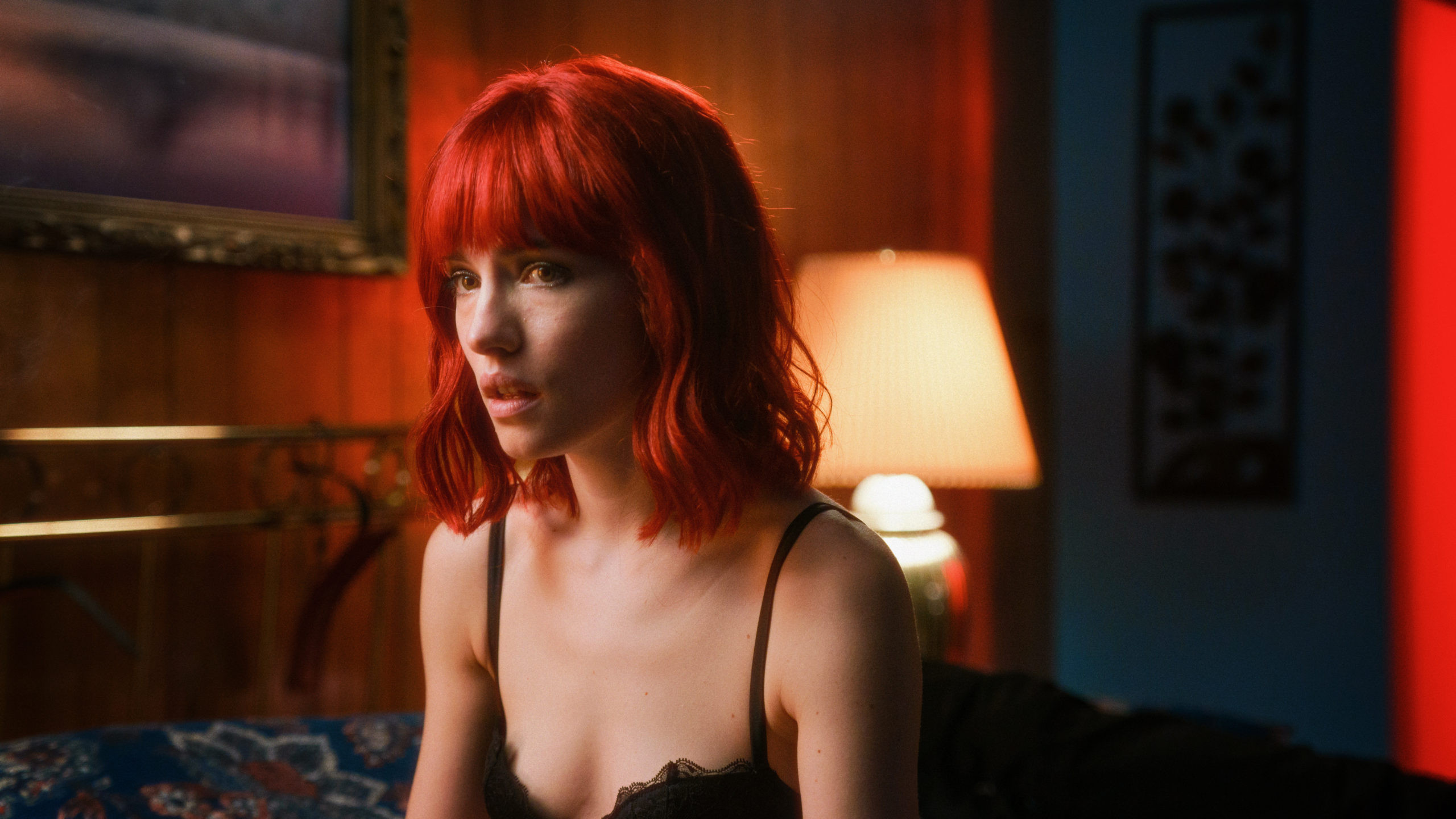 Willa Fitzgerald in Strange Darling, portraying a complex and unpredictable character in a thrilling horror setting.
Willa Fitzgerald in Strange Darling, portraying a complex and unpredictable character in a thrilling horror setting.
To discuss Willa Fitzgerald’s performance in Strange Darling in detail would risk spoiling the film’s intricate plot twists. However, it’s crucial to highlight her captivating portrayal of “The Lady.” Fitzgerald’s ability to embody a contradictory and mercurial character is the backbone of the film’s success. Without her believable performance, the thriller’s major reveals would lose their impact.
Fitzgerald carries the weight of the movie, demanding both audience sympathy and an unsettling unpredictability. As the dangerous game between her and Kyle Gallner’s “The Demon” intensifies, she provides just the right amount of insight into The Lady’s psyche, keeping viewers invested without revealing too much. It’s a delicate balancing act that Fitzgerald executes flawlessly. Those who have experienced Strange Darling understand the nuanced brilliance of her performance.
Read Bloody Disgusting’s review of Strange Darling here.
Best Sound: Longlegs
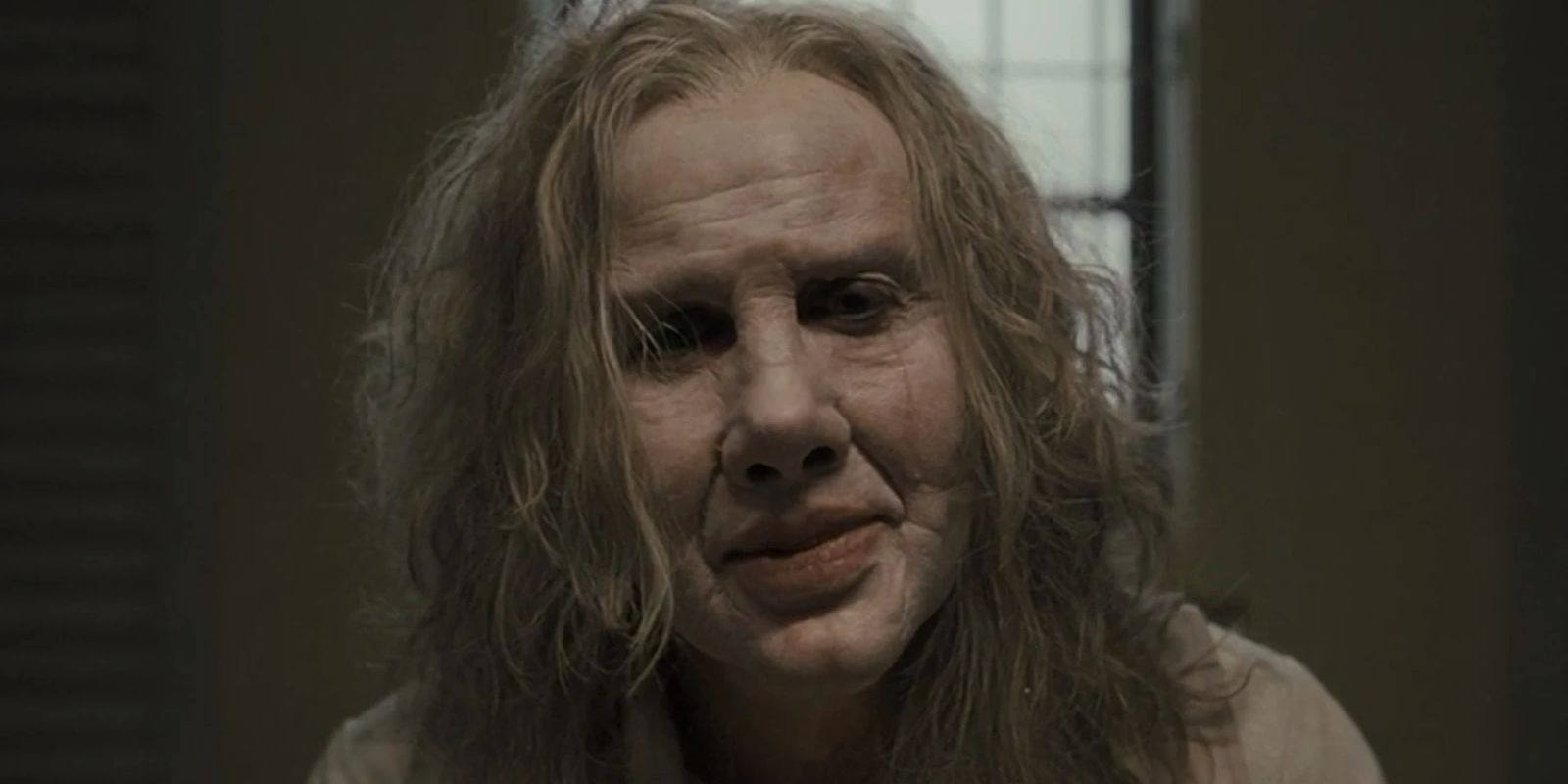 The chilling atmosphere of Longlegs, emphasized by its innovative and disturbing sound design.
The chilling atmosphere of Longlegs, emphasized by its innovative and disturbing sound design.
Longlegs stands out for its audaciously bold audio mix, arguably the most innovative in recent horror cinema. While Osgood Perkins’ occult thriller may have divided audiences with its pacing and plot, the film’s soundscape is undeniably effective in creating a deeply unsettling and almost invasive atmosphere.
Sound designer Eugenio Battaglia employed unconventional techniques to achieve this effect. These included embedding demonic messages through backmasking, layering a subliminal “hell heartbeat” into the foley, and manipulating Nic Cage’s voice to resonate like a demonic electric guitar. The resulting sound mix burrows into the listener’s mind, lingering long after the credits roll, perfectly mirroring the film’s themes of mind control and insidious horror.
Read Bloody Disgusting’s review of Longlegs here.
Best Editing: The Substance
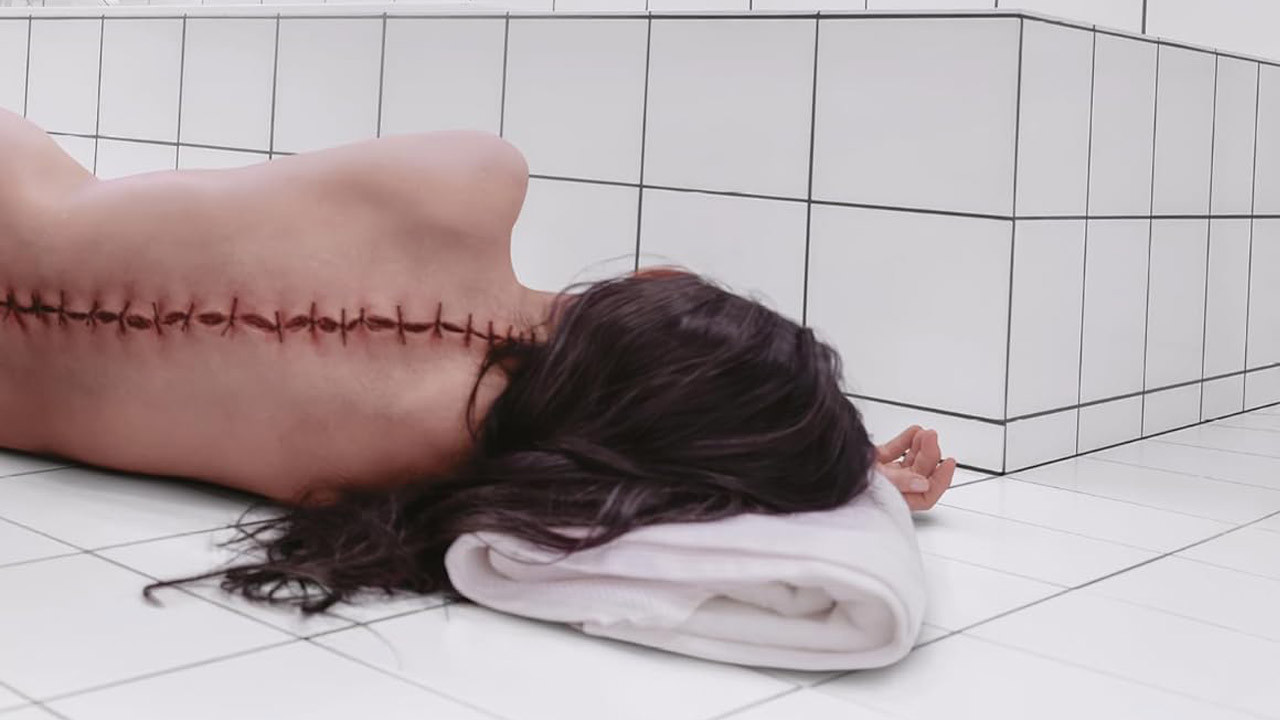 The visually striking and deliberately edited scenes from The Substance, enhancing its body horror impact.
The visually striking and deliberately edited scenes from The Substance, enhancing its body horror impact.
Coralie Fargeat’s The Substance is not only a body horror triumph but also a masterclass in sound design. The visceral symphony of cracking bones, peeling fingernails, and unsettling slurping sounds is unforgettable. However, to spread recognition across different films, Longlegs was highlighted for sound. The Substance deserves equal praise, particularly for its editing.
While The Substance has earned an impressive five Oscar nominations, a Best Editing nod is noticeably absent. The current shortlist feels somewhat generic, lacking truly standout editing achievements (with exceptions like Anora and The Brutalist). The Substance, in contrast, is meticulously assembled with a rhythmic drive that plunges viewers into Elisabeth Sparkle’s descent. The comedic intercutting in the kitchen scene and the creative transition from night to day synced with channel surfing demonstrate editing ingenuity that deserves far more attention.
Read Bloody Disgusting’s review of The Substance here.
Best Adapted Screenplay: Nosferatu
 A scene from Nosferatu, showcasing Robert Eggers' meticulous attention to historical accuracy in dialogue and setting.
A scene from Nosferatu, showcasing Robert Eggers' meticulous attention to historical accuracy in dialogue and setting.
Robert Eggers’ linguistic mastery is evident in every script he crafts. His commitment to authentic historical dialogue, whether in 17th-century America, medieval Scandinavia, or 19th-century New England, is a hallmark of his filmmaking. Nosferatu is no exception.
Eggers’ dedication to detail extends to his characters’ speech, meticulously researching regional dialects, historical syntax, and archaic language. Each line of dialogue in Nosferatu feels both painstakingly researched and naturally delivered. The film boasts some of Eggers’ most memorable lines, like “I have wrestled with the Devil as Jacob wrestled the Angel in Penuel,” and “I am an appetite, nothing more.” Even as a remake faithful to the silent classic, Eggers’ eloquent script makes this Nosferatu feel fresh and vital, arguably its most striking achievement alongside its visual splendor. The Oscars should celebrate such distinctive voices in cinema, especially in the screenplay categories.
Read more about Robert Eggers’ take on Nosferatu in Bloody Disgusting’s exclusive interview here.
Best Supporting Actor: Bill Skarsgård (Nosferatu)
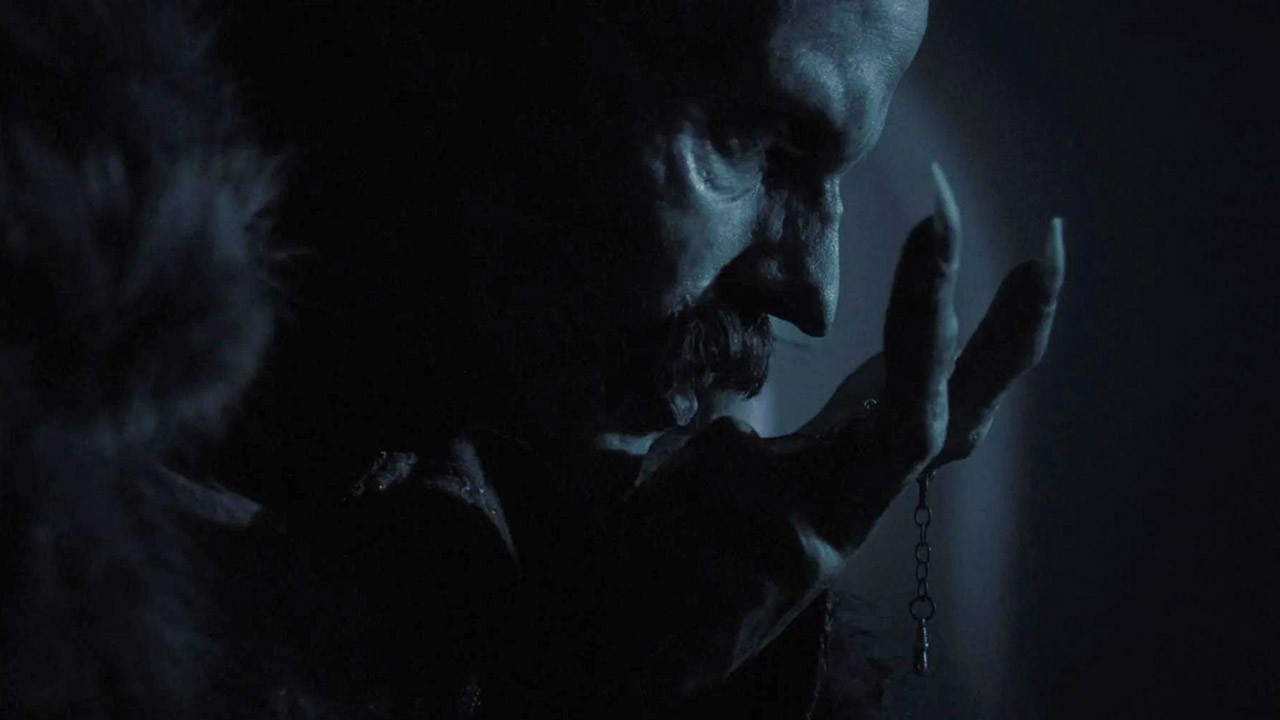 Bill Skarsgård as Count Orlok in Nosferatu, showcasing his transformative performance beneath layers of prosthetics.
Bill Skarsgård as Count Orlok in Nosferatu, showcasing his transformative performance beneath layers of prosthetics.
Despite public acclaim, Bill Skarsgård’s portrayal of Count Orlok in Nosferatu was unlikely to garner Oscar attention. The character is often obscured by prosthetics, shadows, and shallow focus, and the Academy tends to favor performances where the actor’s face is more visible. While the Makeup & Hair team rightly deserves recognition, Skarsgård’s transformative work shouldn’t be overlooked.
Skarsgård completely embodies Orlok, altering his gait, body language, and vocal register. He even collaborated with an opera singer to lower his voice an octave and delivers lines in an extinct Dacian language convincingly. He reinvents the vampire archetype, making Orlok both mesmerizing and menacing in a post-What We Do In The Shadows world. This is a remarkable physical and vocal transformation deserving of accolades.
Read Bloody Disgusting’s review of Nosferatu here.
Best Leading Actor: Hugh Grant (Heretic)
 Hugh Grant in Heretic, delivering a sinister yet disarmingly charming performance as a horror antagonist.
Hugh Grant in Heretic, delivering a sinister yet disarmingly charming performance as a horror antagonist.
If the Academy hesitated to recognize Skarsgård due to prosthetics, Hugh Grant in Heretic offered a more accessible, yet equally chilling, alternative. Grant subverts his rom-com persona to play Mr. Reed, a sadistic and disarmingly charming horror antagonist.
Mr. Reed, a kind of internet-age villain, lures missionaries to his home, holding them captive until they agree with his theological views or face dire consequences. Grant’s performance blends his signature dapper charm with a sinister edge. It’s a performance that builds on his “roughish cad” era seen in films like Paddington 2 and The Gentlemen, but amplified with genuine menace. Grant’s sinister charm in Heretic is a revelation, hinting at a potential future as a compelling villain. The Golden Globes recognized his work with a “Best Actor – Musical or Comedy” nod; the Academy should have followed suit, even just for that Jar Jar Binks impression.
Read Bloody Disgusting’s review of Heretic here.
Best International Feature Film: Various
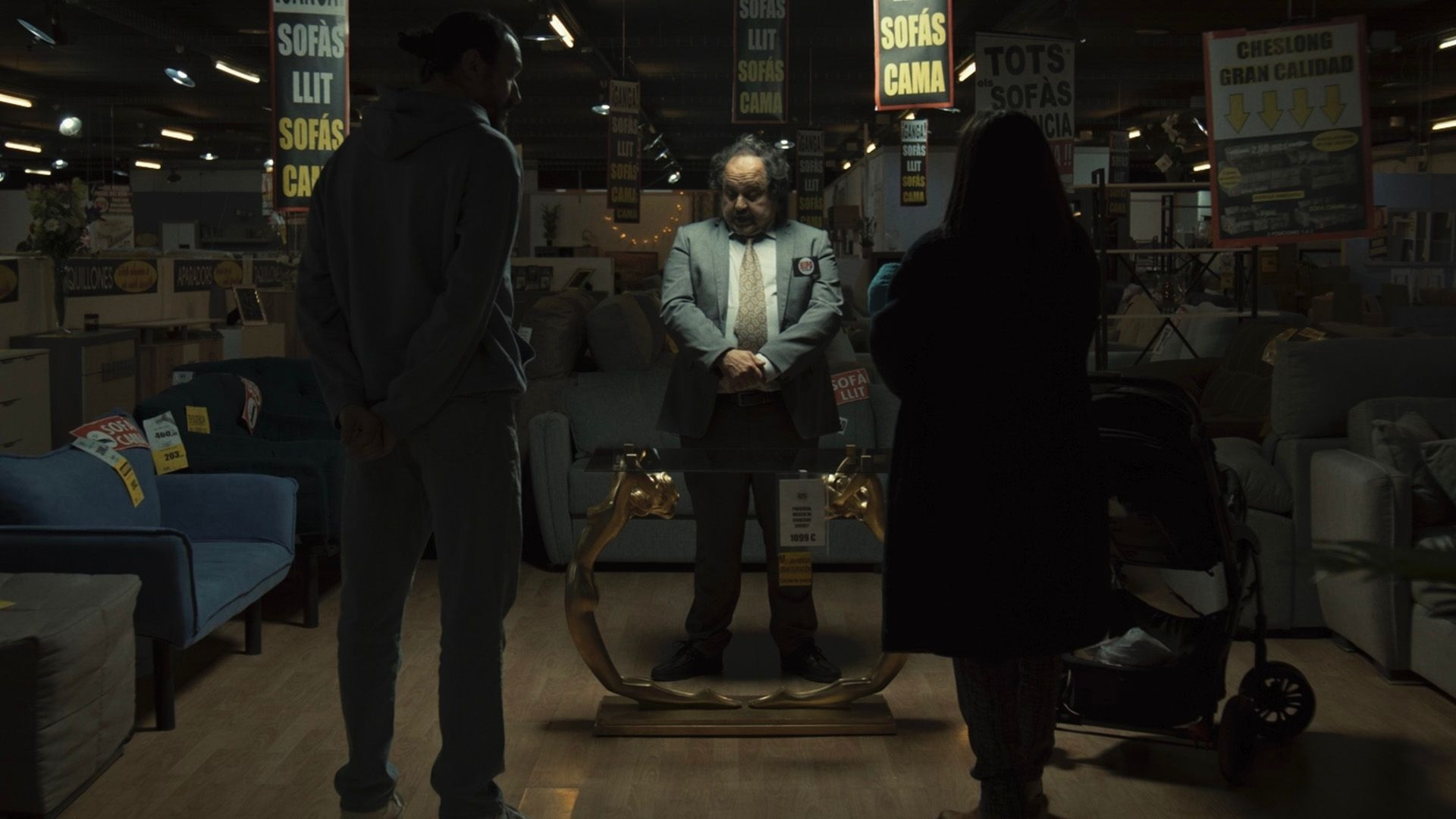 The unsettling imagery of The Coffee Table, a shocking and memorable international horror film.
The unsettling imagery of The Coffee Table, a shocking and memorable international horror film.
The Best International Feature Film category is often fraught with rigid eligibility rules, leading to worthy films being disqualified on technicalities. Despite these hurdles, several international horror films deserve recognition.
Cloud (Japan’s submission for the 97th Academy Awards) by Kiyoshi Kurosawa, continues his exploration of technology and psychological thriller themes. Spain’s shocking The Coffee Table, praised by Stephen King, gained notoriety for its genuinely disturbing content. South Korea’s Exhuma broke box office records and garnered international praise for its folk horror elements. At least one of these exceptional international horror films deserved a place at the Oscars.
Read more about Bloody Disgusting’s favourite international horror films of 2024 here.
Best Director: Jane Schoenbrun (I Saw the TV Glow)
 The visually evocative and metaphorically rich direction of I Saw the TV Glow by Jane Schoenbrun.
The visually evocative and metaphorically rich direction of I Saw the TV Glow by Jane Schoenbrun.
A common critique of Oscar frontrunner Emilia Pérez is its director’s apparent disinterest in its own subject matter. Jacques Audiard’s admission of not researching Mexico or the trans experience, despite these being central to the film, raises questions of sincerity.
If the Academy is serious about recognizing LGBTQ+ voices, Jane Schoenbrun deserves the spotlight. While Emilia Pérez receives accolades, I Saw the TV Glow is a far more authentic and heartfelt exploration of trans experience. Schoenbrun’s film, drawing from autobiographical details and lived experience, communicates the feeling of being in the wrong skin with profound vulnerability. I Saw the TV Glow, through visual metaphor and supernatural allegory, powerfully conveys the “egg crack” moment, the anxiety of time slipping away, and the struggle for self-acceptance. Schoenbrun’s directorial triumph, achieving this depth with subtlety rather than on-the-nose dialogue, deserves to be celebrated on the Oscar stage.
Read Bloody Disgusting’s review of I Saw the TV Glow here.

